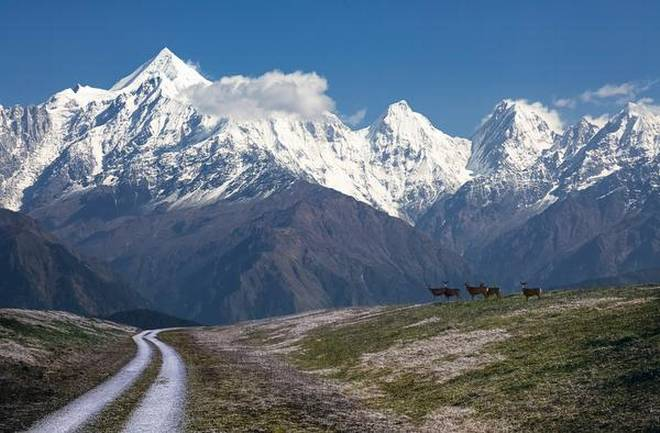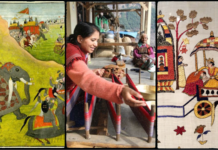

The word Himalaya comes from two Sanskrit words: Him (snow) and Aalay (abode). The beauty of the Himalaya, which are one of the youngest chains of mountains in the world harbouring a diverse ecosystem, lies in its intriguing complexity. The region is among the 36 world biodiversity hotspots. According to a report by the International Centre for Integrated Mountain Development, the region encompassing the Hindu Kush Himalaya encompasses 240 million people.
Several challenges
The mountains are the most resilient; yet, ironically, their inhabitants are vulnerable. With few livelihood options, forests form an essential life support system for the locals. However, dwindling natural resources, unsustainable agricultural practices, lack of basic amenities and so on create a challenge for local sustenance. Demographic shifts, weak institutional capacity, poor infrastructure, and a paucity of adequate information on mountain-specific climate change pose challenges to capacity-building in the region.
Studies have revealed low food availability and decreased self-sufficiency owing to the combined pressures of increasing wildlife attacks on crops and livestock and persistent youth out-migration. An increase in male out-migration has put the brunt of household responsibility on the women and the elderly, who tend to focus more labour on livestock production, often to the neglect of crop agriculture, further rendering the land unproductive and prone to wildlife foraging. Lack of irrigation sources and drying up of local gadhera (small river tributaries), dhara (spring), naula (aquifer) etc. amidst uneven precipitation and erratic rainfall have added to the water woes of the hills. With traditional crops being replaced by cash crops, agro-biodiversity of the region has declined and dietary patterns have altered. This has increased nutritional insecurity, and undermined long-term agricultural sustainability in the region.
In the light of such events, what is the role of the government, policymakers, locals and outsiders?
Mountain-specific policies to strengthen livelihood opportunities based on both farm and non-farm activities should be developed. Organic farming methods like use of biopesticides and botanicals and bio-composting should be promoted. Local food systems need to be revived and niche products of the mountain need to be developed. Marketing systems and infrastructure need to be strengthened. Healthy livestock management practices should be explored and the potential of medicinal plants harnessed. Region-specific water security and cleaner energy solutions should be sought by bringing key stakeholders in a synergistic partnership. In all this, people’s role, especially that of the women, should not be ignored. As custodians of important traditional knowledge on preparation of seeds, harvesting, the medicinal use of plant species, etc., their inclusion in policymaking and the decision-making process becomes all the more crucial.
Sacred and sublime
In 2014, the Uttarakhand government declared September 9 as Himalaya Diwas to spread the message of conservation of the Himalayan ecosystems. For those living in the mountain ranges, the word ‘Himalaya’ might not be what they associate themselves with. For them, it is their pahad (mountain), jal (water), jungle, jameen (land), jeev-jantu (living beings), jadi-booti (roots and herbs), roji-roti (daily earnings). We as outsiders have dissociated the mountains from the people, the people from the resources, the resources from their livelihood.
As we come across Himalaya Diwas posters and policy framework documents being released, rallies being carried out and slogans of ‘Himalaya Bachao’ lost amid the grunting of JCB excavators, we should take a moment to reflect on the importance of the mountain system in its entirety. As author Stephen Alter put it, we need to view the Himalaya as both the sacred and the sublime.





















